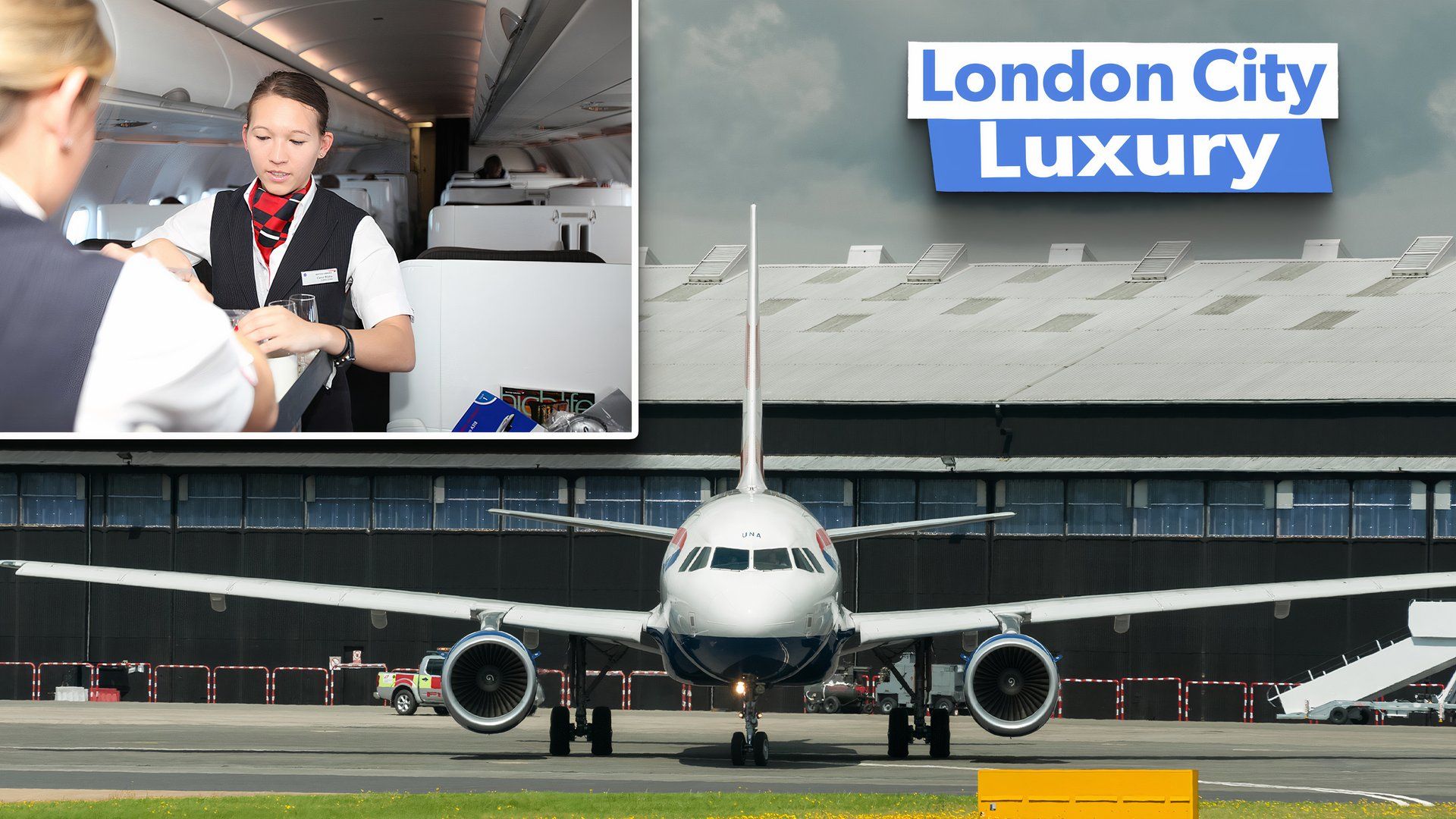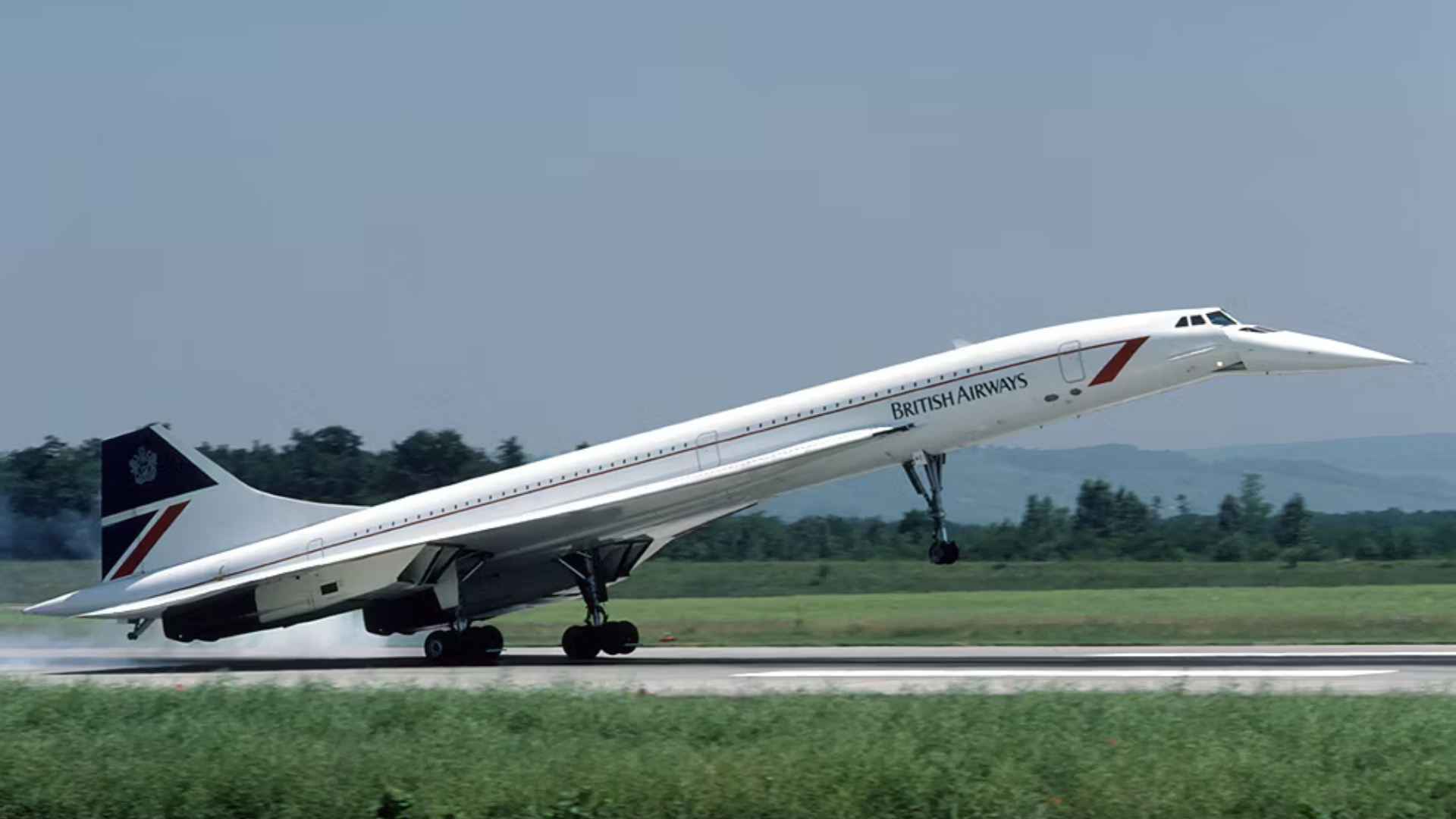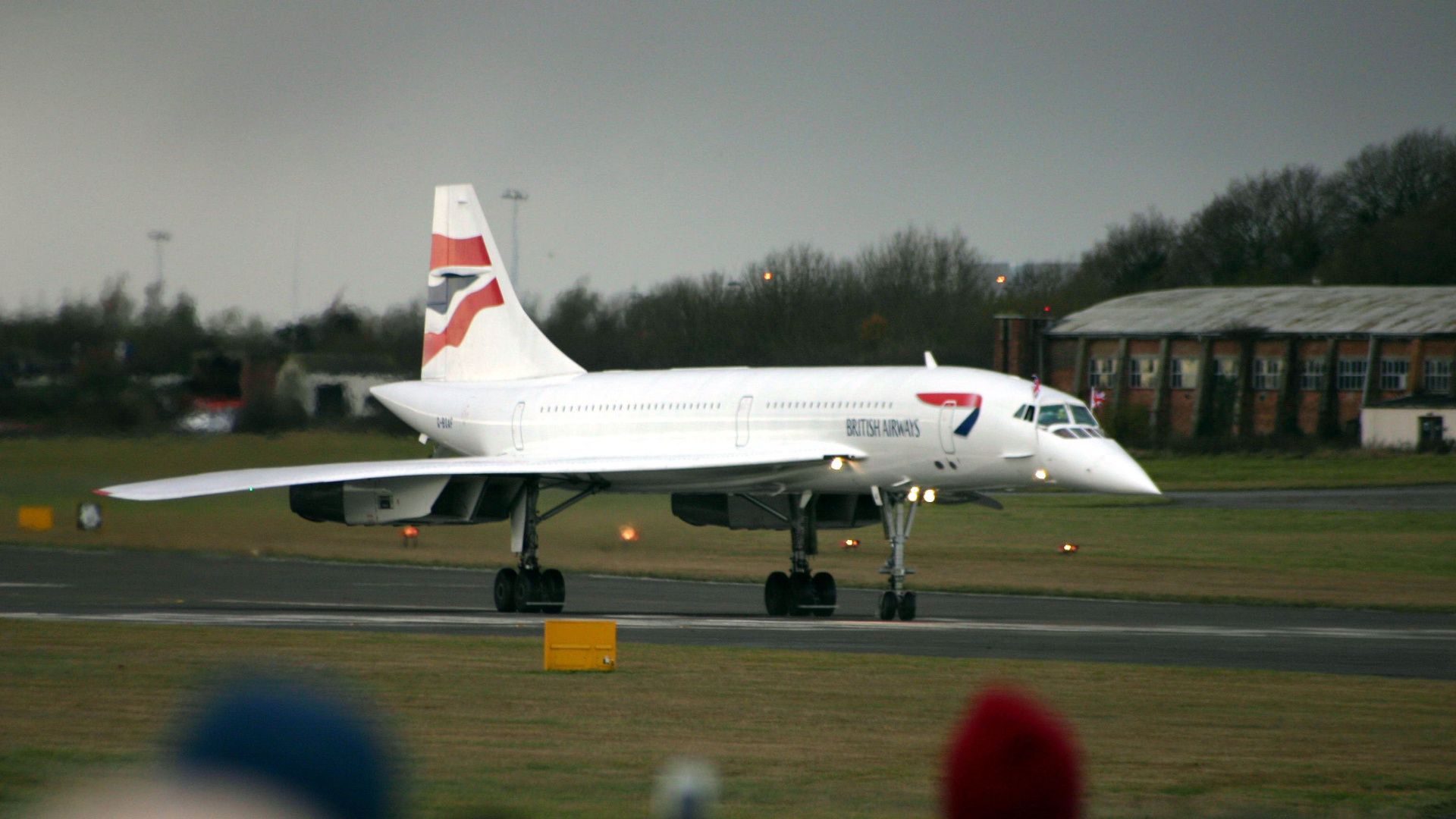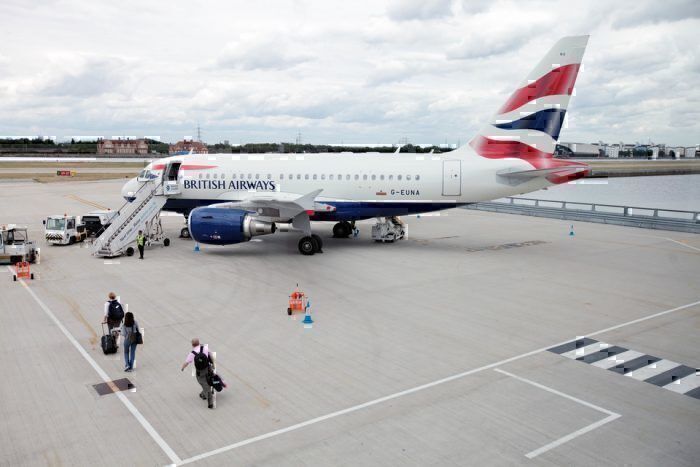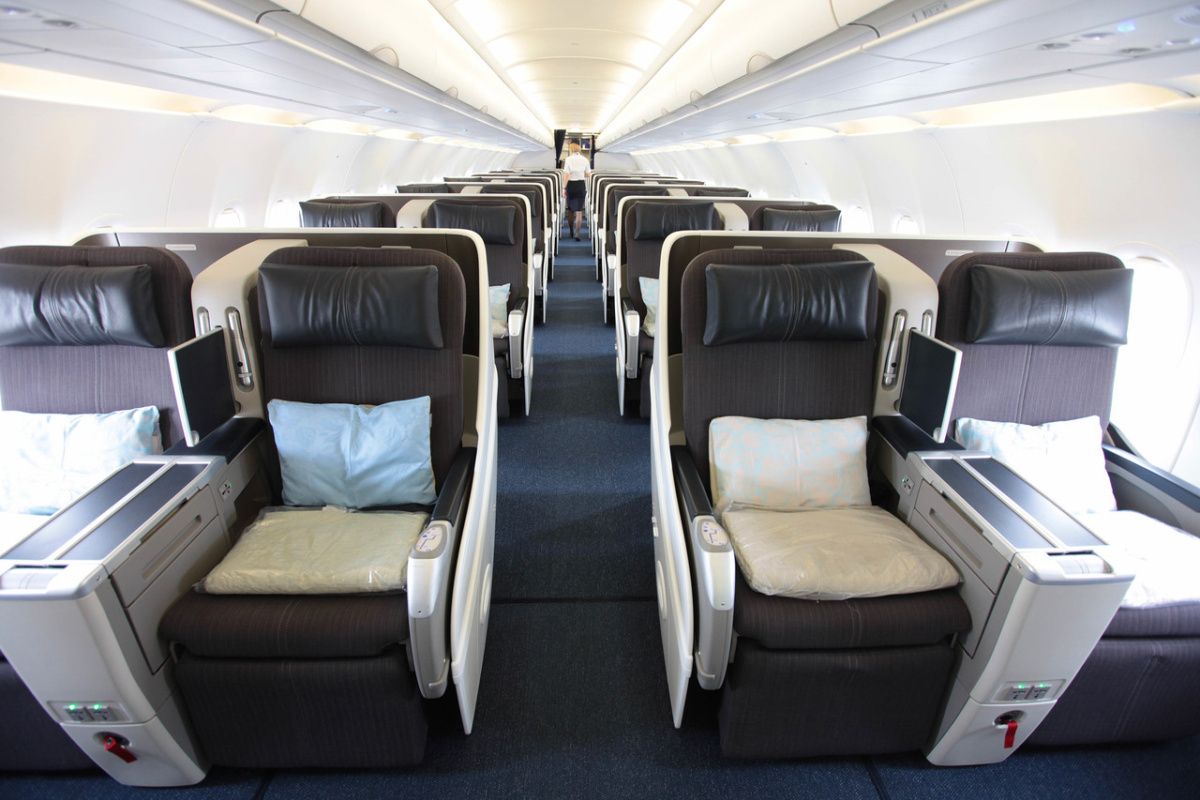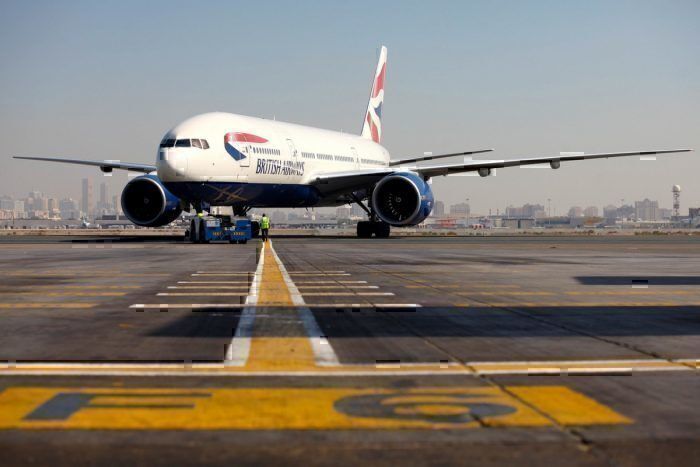Recently, airlines have deployed more narrowbody aircraft on long-haul flights across the Atlantic Ocean. With Airbus’ A321XLR inching closer to entry into scheduled operations, the trend of deploying smaller aircraft across the ocean is only strengthening.
However, before innovations created the promising economics of traditionally short-haul planes, ![]() British Airways
British Airways
sent its smallest mainline aircraft-the Airbus A318- across the pond to New York. Starting over a decade ago and ending due to the COVID-19 pandemic, the UK’s flagship carrier created an iconic and truly unique experience for business travelers.
British Airways’ Concorde Replacement
Following the retirement of the Concorde
, British Airways found a gap in its network. The supersonic aircraft allowed the carrier to appeal to time-conscious business travelers who needed to quickly (and sometimes frequently) travel between two of the world’s largest financial centers: London and New York.
Concorde’s popularity with premium passengers was not enough to outweigh its unique operating challenges. Due to the sonic boom the aircraft caused while breaking the sound barrier, governments worldwide rallied behind restrictions on where the aircraft could fly. This resulted in few profitable markets in which operators could deploy the plane.
Furthermore, the aircraft was notoriously inefficient- it was believed to have used two tons of fuel solely for taxiing before departure. Taking off and breaking the sound barrier guzzled 32.5 liters of fuel per second. Meanwhile, by the mid-1980s, airlines began to deploy significantly more efficient twinjets on routes across the Atlantic.
As the New York Times reported, this started in 1984 when TWA deployed Boeing 767s on routes from St. Louis to Paris and Frankfurt in response to an FAA regulation amendment that extended the distance a twinjet could fly from a diversion airport. Concorde was too expensive for even affluent passengers. Dwindling load factors, combined with demand shocks from the 9/11 attacks and increased price competition from lower-cost jets, pressured British Airways to finally retire its supersonic workhorse on October 24th, 2023.
Photo: Graham Bloomfield | Shutterstock
While this decision made sense from an operational perspective, Concorde’s retirement left some high-paying and time-sensitive business travelers without a uniquely convenient option to cross the Atlantic. As a response, British Airways rededicated its “BA1” callsign to a new service, leaving from London City Airport in the heart of one of Europe’s most prominent business centers.
Differentiated Experience
British Airways’ new BA1 service was undoubtedly different from its predecessor. Launched in 2009, the flight offered many unique features that differentiated it from competitors and the carrier’s existing operations. Passengers enjoyed the benefits of this elevated experience before boarding the aircraft. BA1 left from London city airport
(LCY), which, as the name implies, is located significantly closer to London’s city center than Heathrow or Gatwick Airports. This allowed passengers to save time by bypassing the longer commute to the airport.
The Airbus A318 utilized on the route also offered a unique passenger experience. This was the largest aircraft approved to fly to LCY, despite it being (at the time) the smallest aircraft in British Airways’ fleet. The cabin was configured in an all business class, 2-2 configuration with a maximum capacity of just 32 passengers.
Photo: British Airways
This business class product offered space and comfort as passengers crossed the Atlantic, and beyond service from three flight attendants onboard, passengers enjoyed:
- Seats that transformed into lie-flat beds to help reduce jet lag for busy corporate travelers
- Small privacy screens helped the cabin attain a more private feel
- iPads were distributed for inflight entertainment, as the seats lacked built-in entertainment screens
The Airbus A318 was not designed for transatlantic journeys and, therefore, did not have the range to cross the pond nonstop. This limited range presented no challenges when flying eastward to Europe, but on New York-bound flights during which the aircraft encountered headwinds from the jet stream, the flight required a fuel stop in Shannon, Ireland. Here, passengers were also deplaned and sent through US customs.
Photo: British Airways
Thanks to its Shannon stopover, once passengers arrived in New York, they arrived just like any other domestic flight. This allowed them to save time by avoiding customs, enabling them to get to New York City from John F. Kennedy International Airport in less time. The luxury and convenience of this service created a distinguished experience relative to rivals.
Unique Challenges of the Service
British Airways retired its BA1 service due to the COVID-19 pandemic. Business travel demand was significantly weakened during this disruption and the subsequent recovery. Given the expensive nature of this route, British Airways could no longer profitably connect London City Airport and JFK.
But even before the demand shock of the pandemic, many speculated that the service would soon end. According to One Mile at a Time, the route presented many unique challenges that British Airways had to address. Beyond an aging product and inconvenient stop, New York’s accessibility posed a significant challenge to the service. According to the Federal Register, John F. Kennedy International Airport (JFK) is notoriously congested, and airline service is slot-restricted. Airlines are only permitted to operate a fixed number of flights to JFK.
Considering the tiny 32-passenger capacity of BA1’s A318, British Airways used an entire slot pair to transfer a very small number of passengers. An additional widebody service would have allowed it to connect significantly more passengers to New York using the same number of slots.
Photo: British Airways
Furthermore, London City Airport’s steep approach requirement limited which aircraft types could be certified to operate at the gateway. At the time, the A318 was the largest model in the fleet approved for LCY arrivals. British Airways could not have used a larger plane to better take advantage of its slot privileges in New York. Rather than adding additional capacity, the carrier had to stick with the tiny aircraft to comply with regulations.
British Airways’ transatlantic A318 service was a unique and iconic experience, even if it could not find long-term profitability in the transatlantic market. Business travelers now have to return to Heathrow or Gatwick and wait until the next supersonic commercial aircraft becomes a reality.

